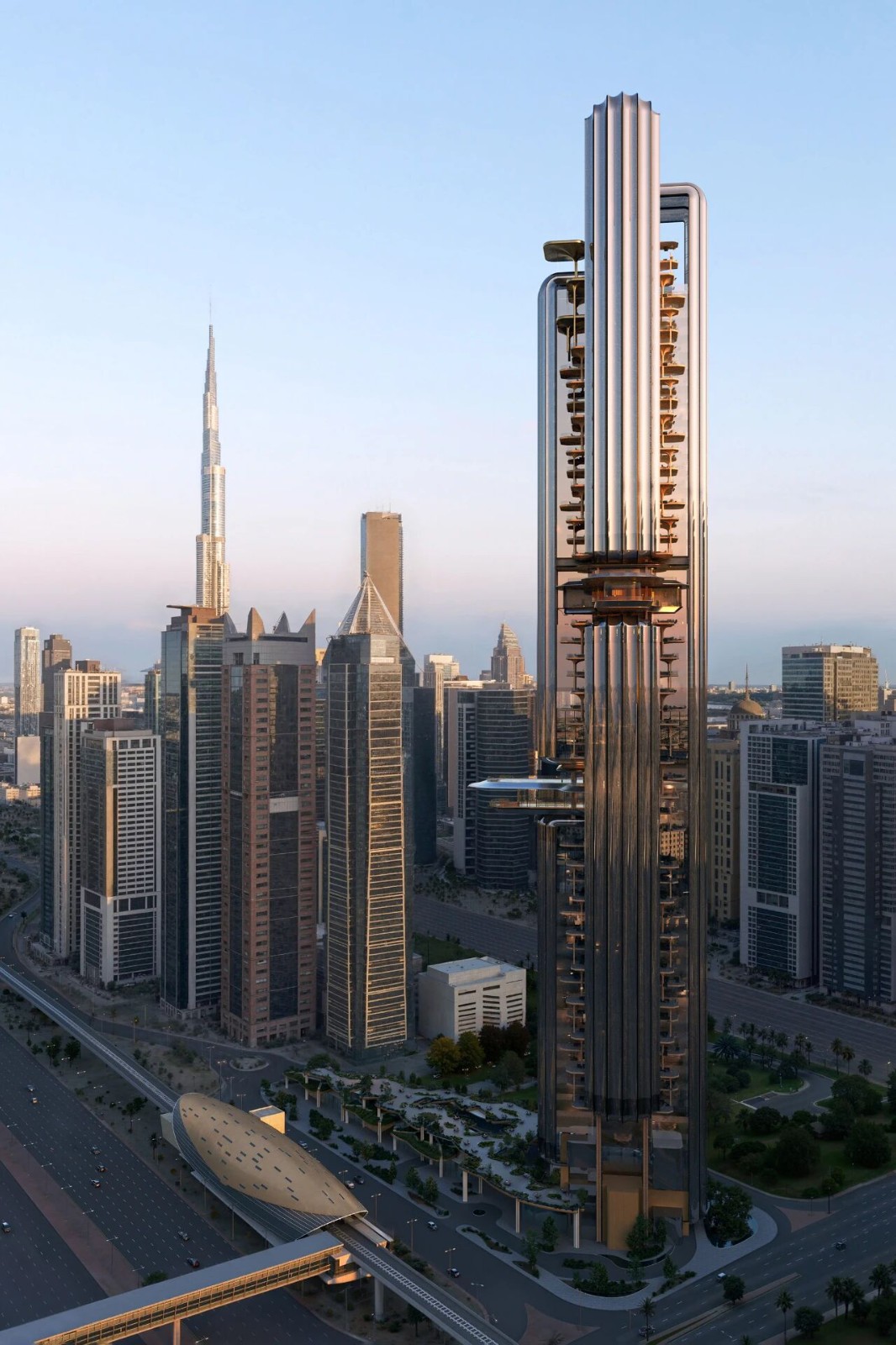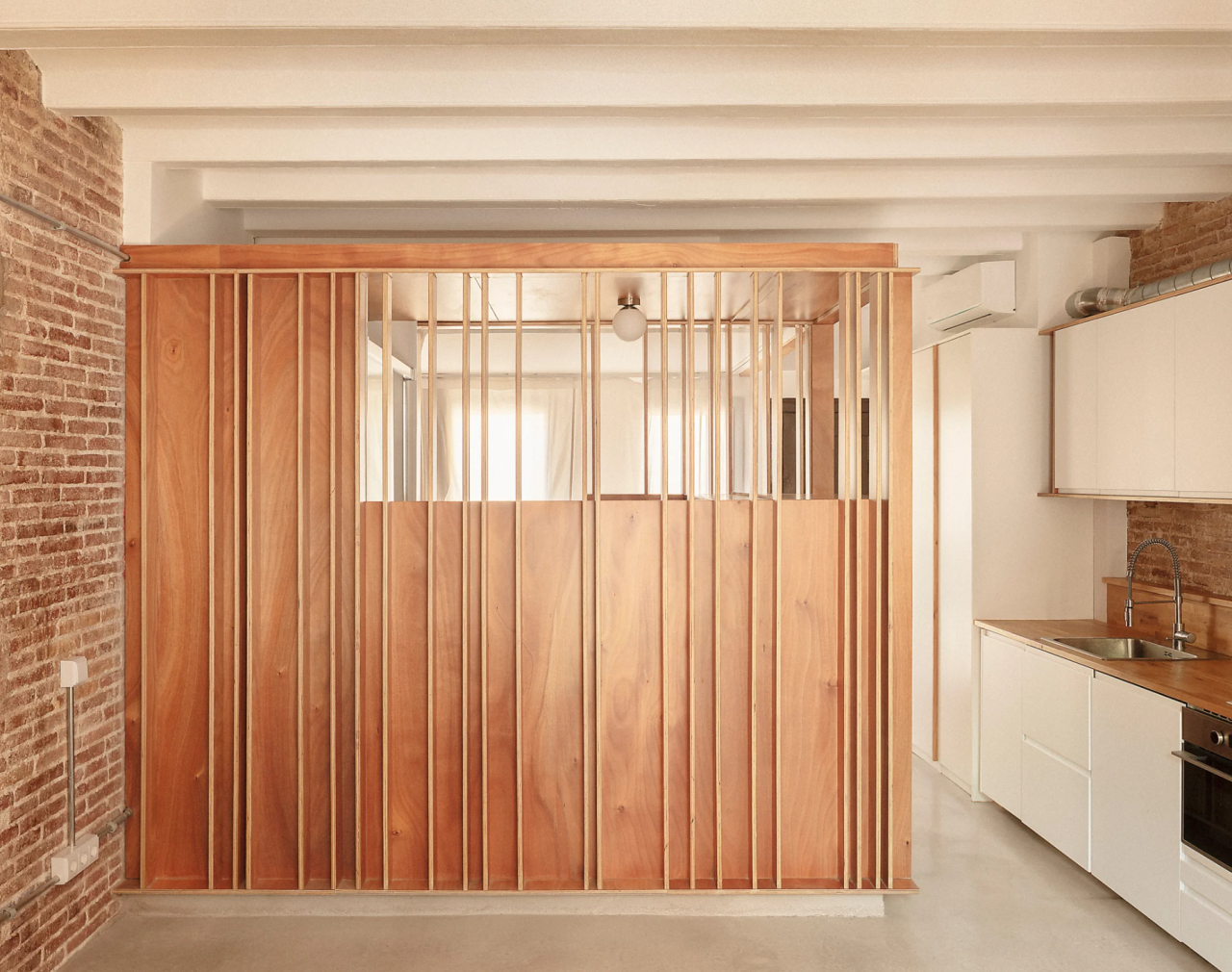野口勇-和泉正敏丨 现代庙宇 首
2024-03-30 21:20


野口勇是非婚生的混血儿,父亲是日本诗人,母亲是美国编辑,他因此受到种族主义、排斥和拘禁的影响,野口勇在任何一个国家都感觉不到家的归属感。这种疏离感激发了他不断的旅行,他从各种文化和艺术实践中寻找灵感。然而,他父亲的家乡始终对他具有最强烈的吸引力。到了1964年,野口已经60岁,享有世界声誉,并且正处于事业的顶峰,他准备按照自己的计划返回日本。他开始寻找第二个家园,以及一个能够制作他职业生涯最后20年标志性石雕的工作室。
Isamu Noguchi was born out of wedlock, the biracial son of a Japanese poet and his American editor. Subject to racism, rejection and internment, Noguchi never felt at home in either country. This alienation inspired restless travel, as he sought inspiration from a variety of cultures and art practices. However, his father’s island always exerted the strongest pull. In 1964, Noguchi — now 60, world-famous and at the height of his powers — was ready to return to Japan on his own terms. He began looking for a second home, and an atelier capable of producing the monumental stone sculptures that would define the last 20 years of his career.


和泉正敏与野口勇
建筑师Tadashi Yamamoto将25岁的和泉正敏介绍给野口勇认识,后者后来成为他最得力的助手。和泉正敏出生在一个受人尊敬的石匠家族,在野口勇无法继承遗产的地方,和泉正敏则继承了家族的工作室、工艺和采石场。和泉正敏从小就学会了他父亲传授的传统方法,例如如何测量、切割和移动石头,用于日式花园的布置。现在,他已经完成了他的学徒期,经验丰富到可以指导野口勇最困难的项目,同时又足够年轻,能够持开放的态度接受关于石材的新思
维方式。
He found both when architect Tadashi Yamamoto introduced him to 25-year-old Masatoshi Izumi, who would become his most treasured assistant. Izumi was born into an exalted lineage of stonecutters. Where Noguchi was cut off from his inheritance, Izumi inherited his family’s studio, craft, and quarry. Izumi’s father taught him — just as his father’s father had taught him — the traditional methods, such as how to measure, cut and move stones to place in Japanese gardens. His apprenticeship now complete, Izumi was experienced enough to shepherd Noguchi’s most difficult projects, while young enough to remain open to new ways of thinking about stone.


野口勇-和泉正敏 /《黑太阳》/ 1967—1969




黑太阳》模型→
他们的首次合作中,野口勇就给和泉正敏一个巨大的挑战。《黑太阳》(1967—1969)起源于一块巴西花岗岩的30吨大块,他们将其削减到了一个完美抛光的12吨环形。作为一个耀眼的光环,《黑太阳》充满了暴力感,并在阳光下闪烁。它的宇宙力量来自于其中心的虚空,一个黑洞,其引力扭曲了周围的物质。直到今天,它依然吸引着游客来到西雅图的志愿者公园,在那里,通过它的圆孔所看到的景色已成为人们的主要关注点。
With their first collaboration, Noguchi threw Izumi directly into the fire. Black Sun (1967—1969) started life as a 30-ton block of Brazilian granite, which they whittled down to an impeccably polished 12-ton ring. A flaring halo, Black Sun bristles with violence and shimmers in sunlight. Its cosmic power is generated by the void at its centre, a black hole whose gravity warps the mass around it. To this day, it draws visitors to Seattle’s Volunteer Park, where the view through its aperture has become the primary focus of both Instagrammers and seekers of passionate intensity.




“这个形状看起来非常简单,但制作起来非常困难,”和泉正敏解释道。经过漫长的努力之后,野口勇筋疲力尽地倒下。和泉正敏在高松市牟礼有一所大房子,一半是石场,一半是花园,但其中的任何建筑都不适合“野口勇老师”。于是和泉正敏、野口勇和山本找到、拆除并重建了一个江户时代的商人之家,后来这就成了野口勇的住所,也是“野口勇广工作室”。当这座房子建成后,和泉正敏也渴望有自己的住所,一座与野口勇的木制住所相当的石制住所。他再次求助于山本,后者起草了计划,和泉正敏将其转化为砌石墙。在中央,他们放置了一个圆柱体,其轴由当地的阿祖石制成,顶端是《黑太阳》雕塑的核心切割部分做成的。
“The shape looks very simple, but it was very hard to make,” Izumi explains. After long days of struggle, Noguchi would collapse, exhausted. Izumi’s property in Mure, Takamatsu, is vast, half stoneyard, half garden, but none of the structures on it were suitable for “Noguchi- sensei.” So Izumi, Noguchi, and Yamamoto located, dismantled, and rebuilt an Edo-period merchant’s home, which became Noguchi’s house, Isamu-ya. When it was finished, Izumi desired his own dwelling, a stone home equal to Noguchi’s wooden one. Once again, he called on Yamamoto, who drew plans, which Izumi turned into masonry walls. In the middle they placed a circular column, its shaft made from local Aji stone, its capital, the core-cut centre of Black Sun.


石屋汲取
Superstudio
Cedric Price
和Bernard Rudofsky
在1964年所发表的《没有建筑师的建筑》中的理念。
这三者是当时颇具影响力的建筑思想和实践的代表
,体现了一种新的、独特的建筑风格。
这个被拆救出来的圆柱体仍然留有暴力拆除的痕迹,是石屋的物理和精神核心。它支撑着悬浮在墙壁上方的桁架系统。在野口勇的建议下,这个网格被涂成红色,与朴素石雕相比,它显得非常高科技。石屋融合了超级工作室、塞德里克·普莱斯和伯纳德·鲁多夫斯基在《没有建筑师的建筑》(1964)中探讨的理念,同时还吸收了晚期现代主义思想和设计中竞争的潮流。①直至今日,Stone House仍然保持着1972年的独特风格,既具有时代性又独具一格。野口勇恰当地将其称为“现代寺庙”。
This salvaged cylinder still bears the scars of its violent removal, and is the physical and spiritual core of Stone House. It supports a slender truss system that floats over the walls. Painted red at Noguchi’s urging, the grid is flagrantly hi-tech in contrast with the low-tech stonework. Equal parts Superstudio, Cedric Price, and Bernard Rudofsky’s Architecture Without Architects (1964), Stone House is a compelling, one-of-a-kind synthesis of competing trends in late modernist thought and design. To this day it remains both timeless and distinctly 1972. Noguchi appropriately dubbed it a “modern temple.”




大多数建筑物保护我们免受自然元素和外部世界的影响。
石屋却做到了相反的效果,重新连接其居住者与地球和宇宙的自然节奏和循环。
Most structures shelter us from the elements and the world beyond. Stone House accomplishes the opposite, reconnecting its occupants to natural rhythms and cycles of geological and cosmic.










夜晚,唯一的照明来自野口勇的纸灯笼,但白天,光线透过敞开的明窗洒进来,照在粗糙的墙上。
每天早晨,和泉正敏都会用水打湿地板,这是一种冥想性的做法,称为“打水”,而他的妻子晴美则摆放着随着季节变化的野花和新鲜水果。
和泉正敏兴奋地说:
“这让很多人心情愉悦,这是一个宁静的地方。
在这些石头里就像在一个洞穴里,而一走出去,光线和空气的颜色就会改变。
世界看起来不同了。
At night, the only illumination comes from Noguchi’s paper lanterns, but during the day, light spills in through the open clerestories and splashes against the rough-hewn walls. Every morning Izumi wets the floors, a contemplative practice called uchimizu, while his wife Harumi arranges tableaux of wild flowers and fresh-picked fruit that change with the seasons. “It cheers the hearts of many people,” enthuses Izumi. “It’s a peaceful place. Being inside these stones is like being inside a cave, and stepping outside changes the colour of the light and air. The world appears different.”




在室外,各种切割的石头装点着场地。
和泉正敏告诉我,我应该停止试图区分哪些是成品雕塑,哪些是正在进行中的作品。
“雕塑和石头会根据放置的位置、时间和观看者的感受而改变。
Outside, a menagerie of cut stones animates the grounds. Izumi tells me I should stop trying to discern which ones are finished sculptures and which are works in progress. “Sculptures and stones change depending on where they are placed, the time, and the feelings of the person looking.”




我不应该想象它们展示在白色立方画廊中,而是应该与石头产生共鸣或联系,以感知它们所代表的时间跨度和未来,让这些石头活起来。
时间是和泉正敏实践的核心焦点,对他来说,时间流逝缓慢。
在协助野口勇20年后,他又花了另外10年完成了他已故导师未实现的项目。
最终,在60岁时,与他们第一次相遇时野口勇的同龄时,和泉正敏将他的焦点完全转向了个人艺术实践。
他的第一次个展《石作品1》于1995年在日本浪漫主义画廊开幕。
他的雕塑现在被许多收藏机构收藏,包括芝加哥艺术学院和旧金山亚洲艺术博物馆。
如今,82岁的和泉正敏仍然是一位活跃的艺术家,为21世纪创作新作品,同时也是一位与石雕传统工艺和20世纪现代主义历史直接联系的文化宝藏。
Instead of imagining them on display in a white-cube gallery, I should let the stones live by aligning myself with them, thinking about the span of time they hold, by gazing at the future.
Time is the central focus of Izumi’s practice, and for him it moves slowly. After assisting Noguchi for 20 years, he spent another 10 completing his deceased sensei’s unrealised projects. Finally, at the age of 60, the same age Noguchi was when they first met, Izumi turned his focus exclusively towards his personal art practice. His first solo exhibition, Stone Works 1 opened at Japonesque in 1995. His sculptures now reside in many collections including the Art Institute of Chicago and the Asian Art Museum of San Francisco.


野口勇在在他
位于皇后区长岛市第十街的工作室 / 1964 / ©
Dan Budnik / 野口勇博物馆馆藏
1999年,野口勇去世11年后,石屋被改建成了野口勇日本花园博物馆。
博物馆展示了150多件雕塑,并声称许多“仍然未完成”。
然而,如果你询问隔壁的石匠,那位用手塑造它们的人,你会得知石头永远不会完工,始终在变化,就像他一样,也像你一样。
In 1999, 11 years after Noguchi’s death, Isamu-ya was transformed into the Isamu Noguchi Garden Museum Japan. Over 150 sculptures are on display and the museum claims that many ‘are still unfinished’. However, if you ask the stonecutter next door, the man whose hands helped shape them, you’ll learn that stone is never finished, always changing, just like him, and just like you.
项目名称 |
石屋-现代庙宇
Project Name |
STONE HOUSE–A Modern Temple
文案撰稿 |
Jared Frank
Words |
Jared Frank
项目摄影 |
Yoshihiro Makino
Photos |
Yoshihiro Makino































